If you feel the heat, follow these tips to help you avoid step-motor meltdown.
The desire that engineers have always had for designing new and better products has constantly been a major driving force behind technological advancements in manufacturing. Often, these advancements offer potential cures to many common problems that exist today. For example, when it comes to step motors, such advances have helped them become smaller, smoother, cooler, and more efficient.
Overheating is one of the most common step-motor problems. Since excess heat eventually decreases performance, finding the root cause and determining a feasible solution are essential to making the overall system work. Unfortunately, just attaching a fan to the rear of the motor is not usually acceptable.

Most step motor models are available in several stack lengths in order to accommodate applications requiring varying amounts of torque. A larger stack length equals more torque but requires more space and generates more heat.
First, select a motor that balances performance with heat, motor winding resistance, inductance, current, and torque. Typically, all electrical motor parameters affect one another, and all specifications relate to the motor’s heat dissipation. For example, simply increasing the input current to gain more torque also generates more heat because the motor windings have a positive temperature coefficient of resistance. As with all electrical devices, input power equals the output power divided by the efficiency factor. With step motors, most often the output power converts to heat.
Rather than increase the input current and overdrive the motor, use a motor with a higher maximum current-carrying capacity. Since the motor’s maximum current is based on the size of the magnet wire, design the motor to fall within this area to avoid overheating. A smart approach uses the largest diameter magnet wire possible without overfilling the motor winding space. This minimizes the amount of power dissipated in the wire resistance and thus reduces overheating. In addition, larger magnet wire for motor windings increases torque, but the torque will be limited if the design requirements limit the physical size.
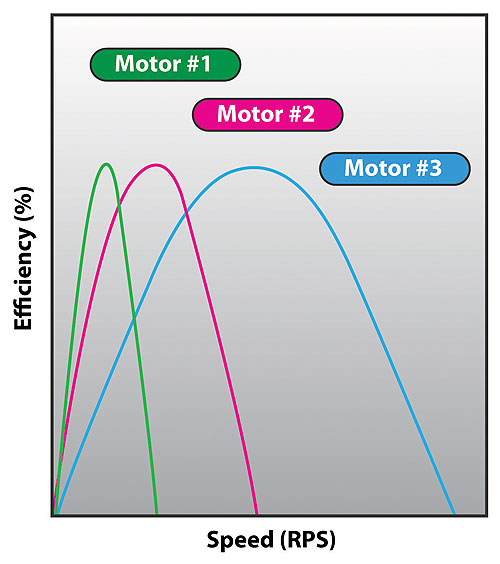
The image depicts three different motor efficiencies when plotted across a speed range. Some motors, such as #1, perform at their best only at low speeds while others, such as #3, perform better at high speeds. Although one might be able to use motor #3 at a low-to-mid-speed range and generate enough torque to satisfy the application, more power than necessary will be used and the life of the motor will decrease because it is being overdriven. As demonstrated here, efficiency should be considered.

Selecting a motor that is specially designed to output more torque has its advantages. In this case, five motors from different manufacturers were run with the same input power. By utilizing its unique design, Lin Engineering’s Xtreme Torque motor was able to output almost 20% more torque.
Designing a system that packs lots of torque in a small package is very common in today’s highly competitive market. One example is Lin Engineering’s new Xtreme Torque line of step motors. Also known as the XT motors, these NEMA 17 frame-size motors are uniquely designed to deliver more torque while keeping relatively cool. Furthermore, the motors are always designed to accommodate the ideal magnet wire gage without sacrificing torque.
Secondly, consider a motor’s operating environment. When a motor works in an area of high humidity or is constantly subjected to direct sunlight, it must be designed for that purpose. A special, high-temperature magnet wire or bearing grease that can sustain high temperatures might be two solutions.

More often than not, a step motor will produce excess heat when the user overdrives it to obtain more torque. The best way to select the right motor is to determine performance criteria (needed torque, operating speed, and so forth) and then find a motor that operates most efficiently at that point.
Lastly, find the proper type of thermal heat pad that efficiently transfers motor-generated heat to a metal plate or a larger heat sink surface area for better heat dissipation. The key is to minimize the air gap between the motor and heat sink surface. For example, companies such as Laird Technologies, sell various materials with different thicknesses that can handle the heat.
Lin Engineering
www.linengineering.com
::Design World::
Filed Under: Motion control • motor controls, Motors (direct-drive) + frameless motors, Motors • stepper

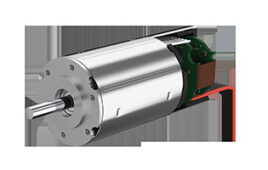
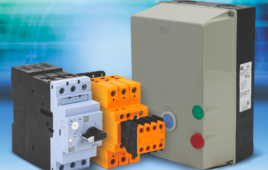
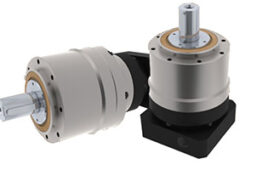
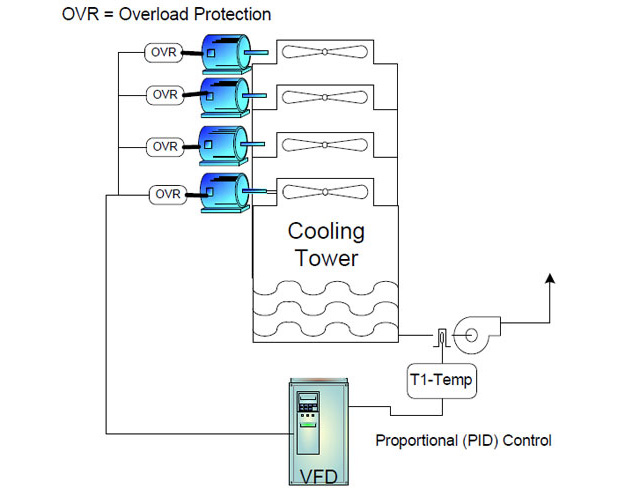
Tell Us What You Think!